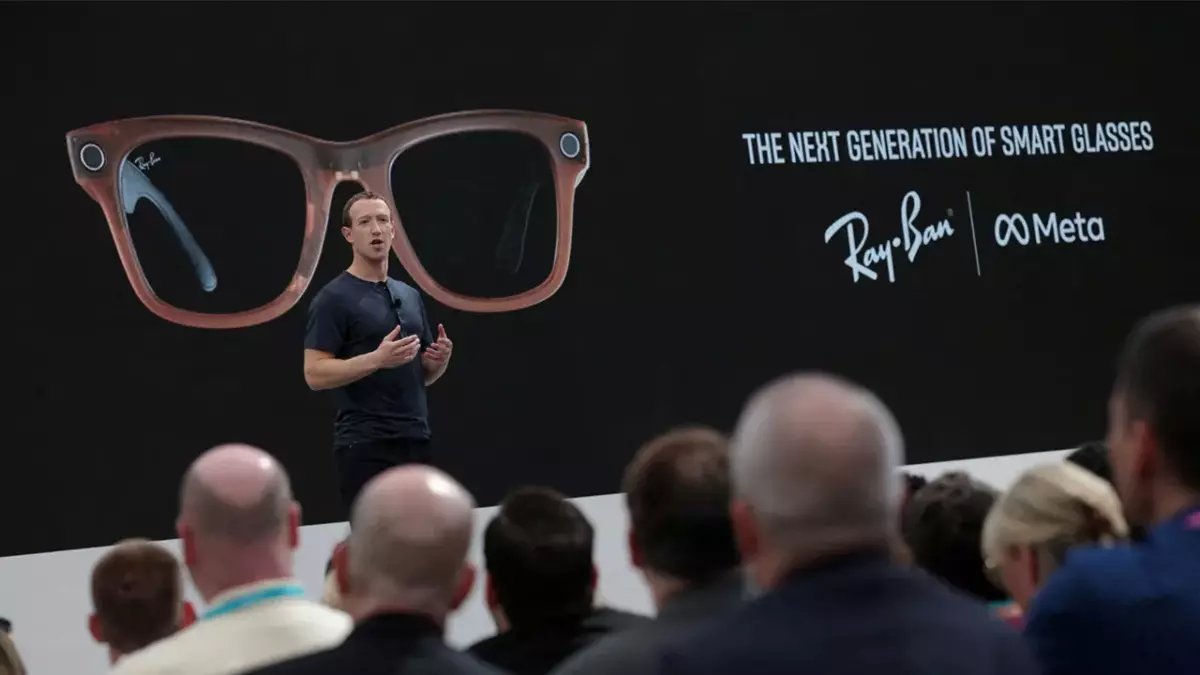Quick Look
- Initiation of RT-X Project: Launched in 2023, this global collaboration aims to forge a general-purpose robotic brain. The project involves Google, the University of California, Berkeley, and 32 other robotics labs.
- Core Challenge: Overcoming the generative AI application gap in robotics due to the scarcity of Internet-derived robotic-interaction data.
- Key Findings: A single neural network is trained on a vast dataset from nearly a million robotic trials. It can effectively control various robots, demonstrating a 50% performance improvement in tests.
- Future Potential: The project hints at a future where robots could perform complex tasks with minimal specific training. A blend of Internet-scale data and robotic experience drives it.
- LLMs and Robotics Synergy: The integration of language models with robotics opens new avenues for enhancing robot understanding but also presents challenges and risks.
The ambitious RT-X Project, initiated in 2023, marks a significant leap in the field of robotics and artificial intelligence. Spearheaded by Google and the University of California, Berkeley, alongside an international consortium of 32 robotics labs, the project seeks to pioneer a new era of general-purpose robots. The RT-X Project aims to transcend the traditional limitations posed by the lack of Internet-sourced data for robotic interactions, made possible by amalgamating the experiences of a myriad of robots into a single neural network.
At the heart of this initiative is a core formula combining large neural networks with extensive datasets harvested from the web, enabling a broad spectrum of AI capabilities. However, the challenge for robotics has been the scarce data on robot interactions, limiting the application of this potent formula—until now.
The RT-X Breakthrough: Diverse Robots, One Brain
The RT-X Project’s approach is groundbreaking. It aims to enable a single neural network to manage a diverse range of robots, a concept known as cross-embodiment. The project utilizes a dataset that encompasses nearly a million robotic trials. These trials involve 22 types of robots, about 500 skills, and interactions with thousands of objects. Early findings suggest a significant improvement. Specifically, simple machine learning methods, when paired with large models and datasets, can significantly improve robot adaptability. This improvement is based solely on camera observations.
Evaluation of the project occurred through head-to-head tests in five laboratories. These evaluations underscored the project’s success. They revealed a notable 50% average improvement over traditional lab-specific methods. This success highlights the vast potential of pooling diverse robotic experiences. Thus, it enhances performance across varied settings.
Scaling Robotics with Internet Data
A strategic move by the project involves integrating Internet-scale vision-language models with robotic data. This integration enables robots to perform actions in response to both visual and textual prompts. This novel approach has been evaluated with Google’s mobile manipulator robot. It showed promising results in benchmarks for generalization, including spatial reasoning and basic math tasks.
Looking forward, the RT-X Project places a strong emphasis on community collaboration. It also focuses on expanding its database to further research into diverse data collection, sensor integration, and complex behavior modeling. The potential for large cross-embodiment models to revolutionize robotic capabilities is immense. This could potentially enable robots to fine-tune for specific tasks with minimal additional input.
Future of Robotics: LLMs Meet Physical Tasks
The synergy between large language models (LLMs) and robotics opens up exciting possibilities for the future of intelligent machines. For instance, the Levatas prototype—a robot dog capable of understanding commands in natural language for industrial applications—showcases the practical utility of integrating LLMs with robotics.
As the RT-X Project advances, it stands at the forefront of redefining robotic capabilities, bridging the gap between digital intelligence and physical interaction. While the path forward is fraught with challenges, the collaborative efforts of the global research community promise to unlock unprecedented opportunities in robotics and AI.









COMMENTS